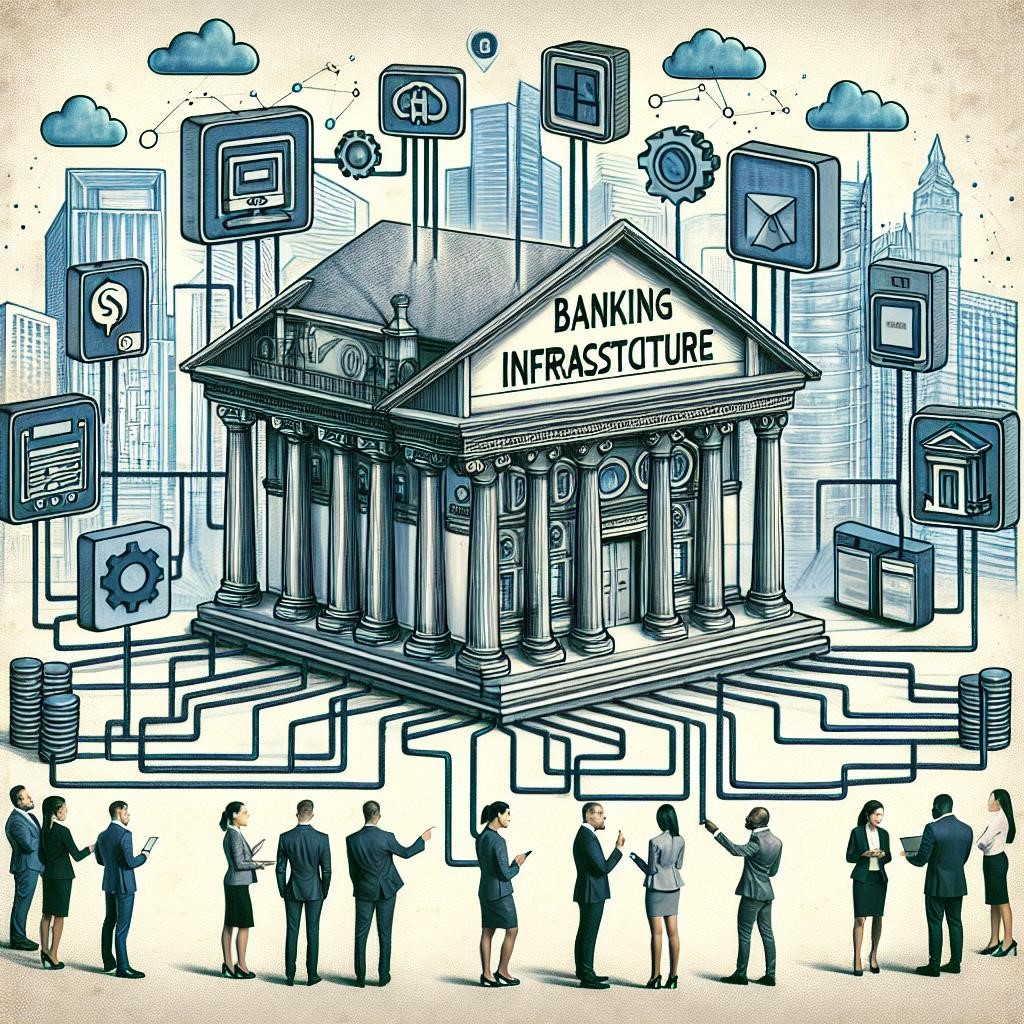The banking sector is undergoing a significant transformation‚ driven by the rise of fintech companies․ These companies leverage innovative technologies to offer financial services that are faster‚ more accessible‚ and often more cost-effective than traditional banking institutions․ Central to this transformation is the concept of banking infrastructure‚ specifically how it integrates with fintech financial APIs․
Understanding Banking Infrastructure
Banking infrastructure refers to the foundational systems and technologies that banks utilize to deliver their services․ This includes core banking systems‚ payment processing networks‚ and regulatory compliance frameworks․ For fintech companies‚ accessing and integrating with this infrastructure is crucial for providing seamless financial services․
Key Components of Banking Infrastructure
- Core Banking Systems: These are the back-end systems that manage customer accounts‚ transactions‚ and financial products․
- Payment Processing Networks: Essential for facilitating transactions between consumers and businesses‚ including ACH‚ wire transfers‚ and card payments․
- Regulatory Compliance Systems: Tools that ensure financial institutions meet the necessary legal and regulatory requirements․
- Data Management Systems: Technologies that handle large volumes of data‚ ensuring data integrity‚ security‚ and privacy․
The Role of Financial APIs in Fintech
Financial APIs (Application Programming Interfaces) are critical for fintech companies as they allow for the integration of various banking services into their applications․ These APIs enable fintech firms to connect with banks’ systems seamlessly‚ facilitating transactions and data exchange․
Benefits of Financial APIs
- Enhanced Customer Experience: APIs allow for faster processing times and more efficient service delivery․
- Innovation: Fintechs can create new products and services by leveraging existing banking infrastructure․
- Cost Efficiency: Reducing the need for extensive in-house development by utilizing APIs from established banks․
- Scalability: Fintech companies can quickly scale their operations by integrating with multiple banking services through APIs․
Challenges in Integrating Banking Infrastructure with Fintech
Despite the numerous benefits‚ integrating banking infrastructure with fintech presents several challenges:
- Regulatory Hurdles: Compliance with financial regulations can be complex and time-consuming․
- Data Security: Protecting sensitive financial data is paramount and requires robust security measures․
- Interoperability: Different banking systems may not easily communicate with fintech solutions‚ leading to integration issues․
- Legacy Systems: Many banks still rely on outdated technology‚ which can impede the integration process․
The Future of Banking Infrastructure in Fintech
The future of banking infrastructure in the fintech landscape appears promising․ As technology continues to evolve‚ we can expect:
- Increased Collaboration: More partnerships between banks and fintech companies to enhance service offerings․
- Open Banking: Regulatory frameworks that promote open banking will drive innovation and competition․
- Advanced Technologies: The adoption of AI‚ machine learning‚ and blockchain to improve efficiency and security․
- Sustainable Practices: An emphasis on sustainability and ethical banking practices will shape the development of new financial products․
The integration of banking infrastructure with fintech financial APIs is reshaping the financial services landscape․ As fintech companies continue to innovate and push the boundaries of what’s possible‚ traditional banks must adapt and collaborate to remain competitive․ The future of banking will undoubtedly be influenced by how effectively these two sectors can work together to meet the evolving needs of consumers and businesses alike․





